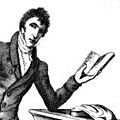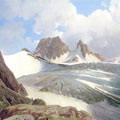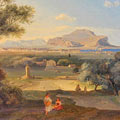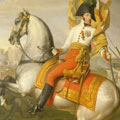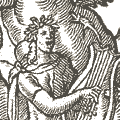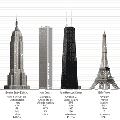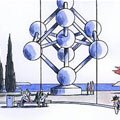In 1985 zag ik voor het eerst een Duitse expressionistische film. Nosferatu, eine Symphonie des Grauens uit 1922 draaide in het Filmmuseum in Amsterdam met live begeleiding op de piano. In de flakkerende beelden uit een stomme schimmenwereld brak voor mij toen een andere werkelijkheid door. Dit is wat de Frans-Duitse filmcritica Lotte H. Eisner moet hebben bedoeld met de titel van haar boek l’ Ecran Démoniaque, in het Engels vertaald als The Haunted Screen. Film als een wonderlijke schaduw in Plato’s grot. En vanuit de orkestbak wordt aan de stille spookbeelden extra stemming toegevoegd.
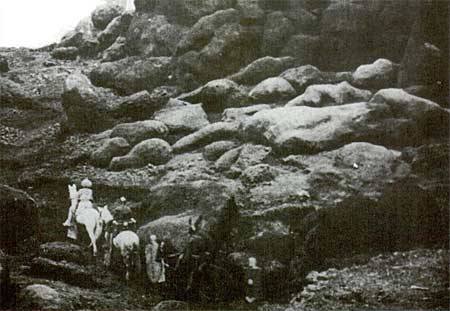
Otto Hunte en zijn assistenten Erich Kettelhut en Karl Vollbrecht ontwierpen niet alleen de architectuur maar ook de landschappen voor deze film. De woestijnachtige rotsen in dit artificiële landschap doen aan versteende lichamen denken. In de expressionistische film is de wereld op een of andere manier behekst.
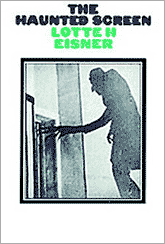 The Golden Age of German cinema began at the end of the First World War and ended shortly after the coming of sound. From The Cabinet of Dr. Caligari onwards the principal films of this period were characterized by two influences: literary Expressionism, and the innovations of the theatre directors of this period, in particular Max Reinhardt. The Haunted Screen demonstrates the connection between German Romanticism and the cinema through Expressionist writings. It discusses the influence of the theatre: the handling of crowds; the use of different levels, and of selective lighting on a predominately dark stage; the reliance on formalized gesture; the innovation of the intimate theatre. Against this background the principal films of the period are examined in detail. The author explains the key critical concepts of the time, and surveys not only the work of the great directors, such as Fritz Lang and F. W. Murnau, but also the contribution of their writers, cameramen, and designers.
The Golden Age of German cinema began at the end of the First World War and ended shortly after the coming of sound. From The Cabinet of Dr. Caligari onwards the principal films of this period were characterized by two influences: literary Expressionism, and the innovations of the theatre directors of this period, in particular Max Reinhardt. The Haunted Screen demonstrates the connection between German Romanticism and the cinema through Expressionist writings. It discusses the influence of the theatre: the handling of crowds; the use of different levels, and of selective lighting on a predominately dark stage; the reliance on formalized gesture; the innovation of the intimate theatre. Against this background the principal films of the period are examined in detail. The author explains the key critical concepts of the time, and surveys not only the work of the great directors, such as Fritz Lang and F. W. Murnau, but also the contribution of their writers, cameramen, and designers.Bron: amazon.com

Bekannt ist Lotte H. Eisner vor allem durch ihr berühmtes Buch „Die Dämonische Leinwand“, über den expressionistischen deutschen Stummfilm, insbes. Max Reinhardt. Das Buch erschien 1952 – in einer verstümmelten Fassung – zuerst auf Französisch, 1955 dann auf Deutsch. Ihre 1964 auf Französisch veröffentlichte Monographie über Friedrich Wilhelm Murnau brauchte immerhin 15 Jahre bis zu einer vollständigen deutschen Ausgabe (die Ausgabe von 1967 im Velber Verlag ist stark gekürzt). Ihr profundes Buch über Fritz Lang erschien zuerst 1976 in einer dürftigen und gekürzten englischen Übersetzung, 1984 in einer vorzüglichen französischen Ausgabe und hat es bisher immer noch nicht zu einer deutschen Ausgabe gebracht und das, obwohl die ursprüngliche Fassung – auch aus Rücksicht auf Fritz Lang – auf Deutsch verfasst wurde. (Bron: de.wikipedia.org)

